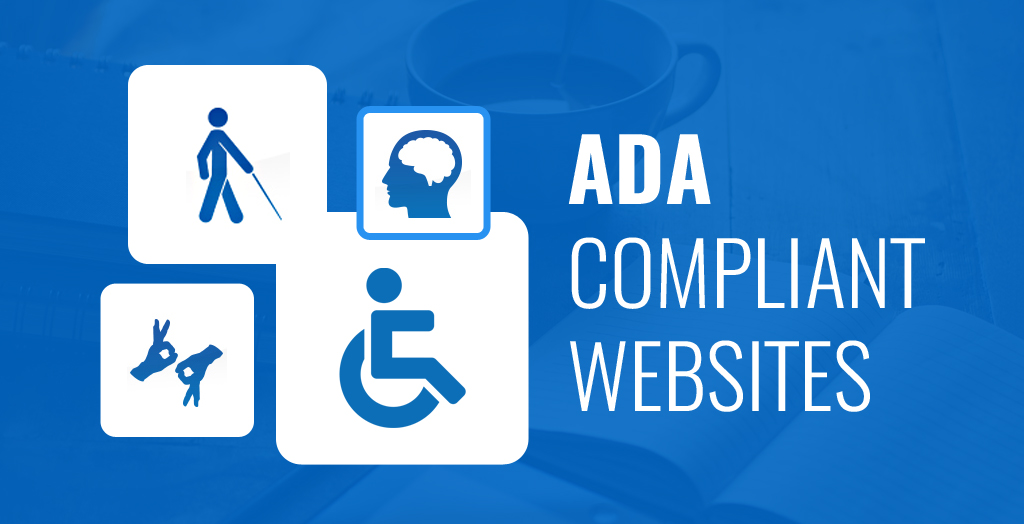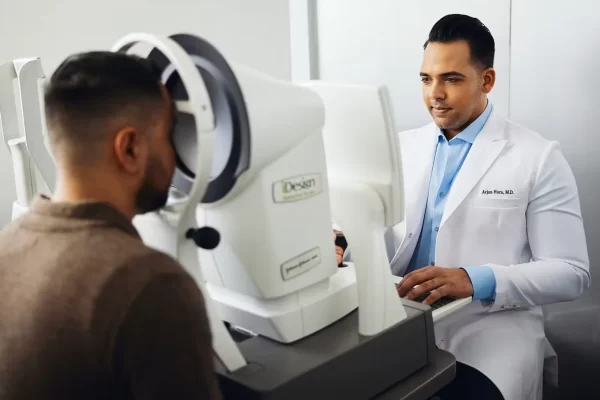These days, more and more websites are being developed with those with disabilities in mind. After all, the ADA or the Americans with Disabilities Act prohibits any form of discrimination against those whose physical or mental conditions keep their activities, senses, and movement. And having web pages that lack features that keep those who are disabled from freely enjoying the same browsing privileges as everyone else is discrimination. Businesses will also miss out on the opportunity to widen their target market. It is for this reason that website compliance services aren’t just luxuries that websites can ill-afford to be without, but a necessityRead out below How to Make Your Website ADA Compliant.
The United States Department of Justice had declared that digital channels like websites are areas of public accommodation, falling under Title III of the ADA. What this means is that a website is like a brick-and-mortar establishment; disabled individuals must be able to access them easily. To help you adhere to ADA rules, we will discuss a few ways to make your site more accessible.
Technology solutions for accessibility
Technology in web accessibility refers to the purchase of any solution that leverages tech to transform the site and its pages and make them accessible. It utilizes a mix of different types of technologies to help determine, flag, and identify issues with access before remediating them. Furthermore, it presents those with disabilities with an interface to ensure that their browsing experience remains as optimized as possible.
Manual service for accessibility
As its name suggests, manual remediation does not include the use of technology whenever a website’s code is adjusted and evaluated according to the guidelines of web accessibility. Those who have coding experience with accessibility can perform the task themselves or simply hire the ADA compliance services of specialists who have the knowledge, expertise, and experience when it comes to the remediation process for manual accessibility. In these cases, the aforementioned interface for optimization is usually not included, and additional payment will be required for its design and creation.
How does web accessibility work?
When it comes to web accessibility, there are two terms you’ll need to remember: remediation and audit. The latter is just as it sounds; the process of closely examining accessibility identification and the status of all the problems that must be addressed to reach the desired outcome. All elements of the site are assessed, from the code-level to the font size and color schemes. The difference isn’t in the objectives or the primary goal of reaching a website that is accessible, but instead, how to achieve the goal.
For instance, auditing is usually done before remediation because the process is devoid of any technology that can make the process automated. Whether the task is shouldered by yourself or outsourced to an expert, the website’s entire code will be inspected by the designated individual. And this usually takes a few weeks for the report to be produced. (Mathemania.com) Once it is completed, the remediation process begins to fix the code based on the accessibility recommendations. The duration of the entire process will depend on the website’s size and may take weeks, if not months, to get the intended outcome.
Ways to design an ADA-compliant website
Now that you understand how web accessibility works, the next step is to update your website with the necessary changes to reach your goals. Because the ADA regulations continue to evolve and change over time, it is impossible to have a site that is accessible to everyone. However, there are steps that you can take to get close to it and allow those with disabilities to navigate your web pages with ease. Here are a few ways in which you can achieve this:
- Review the current WCAG or Website Content Accessibility Guidelines. It is good standard practice to start your journey in developing an accessible website by reviewing the official WCAG. These guidelines are an excellent source of information when it comes to making a website accessible for the disabled, after all. You’re far less likely to overlook any essential changes and modifications by using the guide too. So always begin with the Website Content Accessibility Guidelines. It will save you from a lot of trouble.
- Conduct a website audit. Once you’ve read through the above mentioned guidelines, the next step is to conduct a thorough website audit. Doing so will enable you to find any areas that require attention and improvement. If you’re planning to tackle the task yourself, always be sure to use a reliable and dependable tool. Don’t just take the developer’s word for it; be sure to read through reviews too. The right software can make all the difference in a successful audit, after all.
- Always have a descriptive alt tag for every image. It is a general rule of thumb for all websites to have alt tags for every image. These invisible descriptions are often read out aloud to people who are blind and are using screen readers, after all. With their incorporation, those with poor or non-existent vision can better understand the images through the voiceovers.
- Adopt best practices in generating content. Making sure that all uploaded content is as conversational and simple as possible can go a long way in helping disabled users mentally digest the information. From the use of subheads to break apart the content into much smaller, bite-sized sections to the use of popular acronyms, simplification can go a long way in enhancing accessibility.
- Clean up the website’s code. The programming language used affects that accessibility of the website more than it is given credit for. As such, it is crucial to have an experienced developer assess the code and clean up any potential issues like outdated coding.
Conclusion
With the ADA rules and regulations with the World Wide Web constantly evolving and changing, it is crucial for all domain owners to begin taking the correct measures to ensure that they become compliant. However, always remember that it isn’t necessarily a one-time thing; rather, it is an ongoing process. But the earlier you begin to adhere and ensure that your website is accessible to the disabled through ADA compliance services, the easier it will be to keep it up.





